South of Gambia, the Casamance is tucked away from the rest of Senegal, a vast flat land inundated with water. The landscape contrasts fairly hectic forest with impossibly extensive mangroves and rice fields that stretched on out towards the horizon – no paddies here. It’s Senegal’s premier holiday destination, with golden sand beaches almost completely untouched except for fishermen landing their bounteous catch and the occasional cow. It has also been undergoing a low-level insurgency for the last 30 years, one, in a somewhat Liliputan turn of events, that has its roots in an argument over what’s better, rice or peanuts.
 The sept-place had seen better days...
The sept-place had seen better days... Still, it’s not really something that has to worry you, as tension you didn’t even realise was there in Gambia drops away as you coast over the border. The Casamance seems a particularly relaxed part of the world, and the border guards were under clear instructions to wave Westerners through with a smile. The same couldn’t be said for the poor African student girl who was trying to get through before us. It was hard to tell from the Wolof, but it seemed like her ID card wasn’t official enough for the border guards liking. It looked like there was a major problem until a stranger stepped in and slipped a banknote onto the weathered desk, a banknote it swiftly inhaled, the border guard's attitude changing as quickly as his hands moved. As we left the border shack, the stranger turned to us and said, “This is why it’s hard for us to survive in Africa. Everyone wants to eat.”
Catching a sept-place to Ziguinchor, the capital of the Casamance, was a breeze, and a stark contrast to the fight that had almost broken out amongst the bus boys in the Gambia that morning to get us to take their bus to the border. Even more astonishingly, the shared taxi really did only take the seven people it logically could fit, although given the general state of disrepair it was in, perhaps the driver didn’t want to chance it.
And then we were off, with a treat straight away as we watched green monkeys frolic by a watering hole whilst we cruised past. There was also the surreal sight of young mangroves, all parabolic roots arcing out of the water just to support a few meagre green leaves. As we drove through villages normally located in the slightly drier woods, I was worried to notice logs laid out across the road. Could the insurgency be heating up?
It turned out just to be an army roadblock, one that they could often not be fussed about, meaning all drivers had worked out a way of slaloming through whilst barely dropping speed. Still, the sept-place could only make about 30mph, so it wasn’t like there was much to drop in the first place. Every now and again someone would wave us over and we’d all troop out, show him our passports or ID cards, and then he could go back to sleeping in the shade. At one point we sidled past a squad of soldiers descending into a rice field, their guns drawn. On the front of their jeep glowered a fierce fetish, something we noticed every army vehicle had, no doubt to increase their fighting ju-ju.
Catching a sept-place to Ziguinchor, the capital of the Casamance, was a breeze, and a stark contrast to the fight that had almost broken out amongst the bus boys in the Gambia that morning to get us to take their bus to the border. Even more astonishingly, the shared taxi really did only take the seven people it logically could fit, although given the general state of disrepair it was in, perhaps the driver didn’t want to chance it.
And then we were off, with a treat straight away as we watched green monkeys frolic by a watering hole whilst we cruised past. There was also the surreal sight of young mangroves, all parabolic roots arcing out of the water just to support a few meagre green leaves. As we drove through villages normally located in the slightly drier woods, I was worried to notice logs laid out across the road. Could the insurgency be heating up?
It turned out just to be an army roadblock, one that they could often not be fussed about, meaning all drivers had worked out a way of slaloming through whilst barely dropping speed. Still, the sept-place could only make about 30mph, so it wasn’t like there was much to drop in the first place. Every now and again someone would wave us over and we’d all troop out, show him our passports or ID cards, and then he could go back to sleeping in the shade. At one point we sidled past a squad of soldiers descending into a rice field, their guns drawn. On the front of their jeep glowered a fierce fetish, something we noticed every army vehicle had, no doubt to increase their fighting ju-ju.
 Yellow billed storks
Yellow billed storks Crossing the mighty Casamance river itself you slip into Graham Greene land, a sleepy, quietly deteriorating ex-colonial town. From the fairly manic bus station a taxi will take you the short distance into town for pennies, rolling slowly past grand old manors with peeling paint down deeply rutted roads, stopping to pick up pensioners and pregnant ladies to join you on your 700 metre journey.
It is officially impossible to dislike Ziguinchor, or Zigi, as everyone seems to end up calling it. Even the overly persistent souvenir seller outside our hotel didn’t detract from the torpid atmosphere of delicious decay. The town seems built for drinks overlooking the river, watched over with dead-eyed wisdom by the yellow billed storks who haunt the trees with folk memories of plague doctors. The river is alive with fishermen and commerce, and pirogues, or motorised canoes, are the main way of getting around for locals.
Our hotel was quite frankly ridiculous for the price they asked. It was designed in the style of half of a local case à impluvium, the communal circular houses that channel rainwater into a central reservoir. In this case, they’d stuck in a swimming pool instead. I cannot stress enough how much this was appreciated. Days were spent wandering the streets, drinking in the post-colonial charm, perhaps taking a turn down to the psychedelic Alliance Franco-Sénégalaise, who took the case à impluvium style to joyous extremes, with colours that mimicked some of the most over the top African fabrics.
It is officially impossible to dislike Ziguinchor, or Zigi, as everyone seems to end up calling it. Even the overly persistent souvenir seller outside our hotel didn’t detract from the torpid atmosphere of delicious decay. The town seems built for drinks overlooking the river, watched over with dead-eyed wisdom by the yellow billed storks who haunt the trees with folk memories of plague doctors. The river is alive with fishermen and commerce, and pirogues, or motorised canoes, are the main way of getting around for locals.
Our hotel was quite frankly ridiculous for the price they asked. It was designed in the style of half of a local case à impluvium, the communal circular houses that channel rainwater into a central reservoir. In this case, they’d stuck in a swimming pool instead. I cannot stress enough how much this was appreciated. Days were spent wandering the streets, drinking in the post-colonial charm, perhaps taking a turn down to the psychedelic Alliance Franco-Sénégalaise, who took the case à impluvium style to joyous extremes, with colours that mimicked some of the most over the top African fabrics.
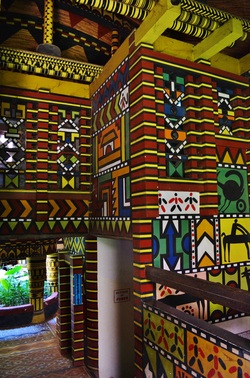 Alliance Franco-Sénégalaise
Alliance Franco-Sénégalaise The only problem with all this wonder, as with most of West Africa, is that photography is very much discouraged. You can turn a corner and see a delightful piece of Afro-Futurism incongruously rising above so much in a more typical French style, and if you raise your camera, someone will shout at you for taking a photo of something official. Woe betide you if you ever try to take a photo with people in it – it is still very much frowned upon. Even street scenes where no-one is a focus draw angry ripostes, and if you take a phone out nowadays people can get shirty if they think you might capture them. This leads to a slightly strange situation where many of your photos are of empty streets, somewhat Hitler-ly (most people don’t Godwin with reference to Hitler’s art…), and is a real shame in countries where people’s fantastic sense of style is a real draw.
I do wonder if this will change as smartphones become more ubiquitous among locals, and they get used to taking photos themselves. Certainly the Gambia and Northern Senegal were already filled with them, and the richer West Africans seem well versed in the world of the selfy and just taking photos rather than actually experiencing something. Still, I feel it is important to respect locals wishes on this as much as possible, and it can be a good reason for just throwing yourself into something without always considering capturing the perfect shot.
I do wonder if this will change as smartphones become more ubiquitous among locals, and they get used to taking photos themselves. Certainly the Gambia and Northern Senegal were already filled with them, and the richer West Africans seem well versed in the world of the selfy and just taking photos rather than actually experiencing something. Still, I feel it is important to respect locals wishes on this as much as possible, and it can be a good reason for just throwing yourself into something without always considering capturing the perfect shot.
| As dusk falls and the strings of Christmas lights that hang between the street lights come on, we would invariably head down to the riverside for a beer or two and a wonderful meal at the poshest hotel. Meals seemed to be much the same price everywhere, but the quality here was fantastic, the beers were cold, and the waiters were genuinely friendly. It also gave us a real sense of luxury, as the sun set and the moon arose out of the gently steaming Casamance. |
Casamance rice was the basis of most dishes. It is very short grained – Sophie thought it was big cous cous at first – and has a nutty bite and flavour. The Casamance region grows most of the rice that is a staple for the whole of Senegal and the Gambia, and feel they never get credit for it. In a bizarre turn of events I shall go into further in a later article, a revolutionary religious leader called Bamba colluded with the French to increase peanut production, the main cash crop. He made it a religious duty to grow peanuts, and in Senegal much of your status is derived from how many peanuts you grow. This pisses the inhabitants of the Casamance off no end, and I am informed that this grievance is a deeper cause of their insurgency than ethnic differences. Still, it was delicious, and went well with the spicey stews and fish the meals invariably involved, although, pointedly, with a less nutty complexion than further north.

One day we booked a pirogue to take us out along the Casamance to a local village. As we set off we glided past sunken ships to the Isle of Birds, which was certainly onomastically correct. On our outbound trip we watched flamingos goose step in rows, their stick person bodies a jumble of awkward pink lines. A kingfisher sat on a stray stick, surveying his kingdom, gliding off to strafe the water mercilessly. A yellow billed stork stalked a mud bank, sagaciously judging the scrawing crowds around him, before turning his beady eye on us.
And then we were off, back into the mainstream of the Casamance, crossing over and plunging into a tributary. Here the mangroves closed around us, and as we twisted through the tight vegetative labyrinth birds would flap from side to side over our heads, keeping the busy interlopers in check. Mangroves have a curious ambience, as they’re not as high or all-encompassing as jungle. The sky never loses itself amongst the green, and the mangroves seem quite happy to expand in area rather than reach for the light. There’s almost a temporary feeling to them, or an idea that you’re just on some great estate whose rhododendrons have got somewhat out of control.
And then we were off, back into the mainstream of the Casamance, crossing over and plunging into a tributary. Here the mangroves closed around us, and as we twisted through the tight vegetative labyrinth birds would flap from side to side over our heads, keeping the busy interlopers in check. Mangroves have a curious ambience, as they’re not as high or all-encompassing as jungle. The sky never loses itself amongst the green, and the mangroves seem quite happy to expand in area rather than reach for the light. There’s almost a temporary feeling to them, or an idea that you’re just on some great estate whose rhododendrons have got somewhat out of control.
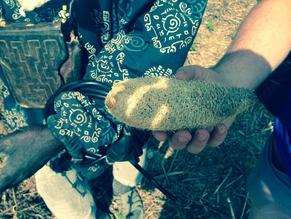 Freshly plucked loofah
Freshly plucked loofah We pulled out into another wide channel and headed towards Affiniam, our destination. It was marked by a line of tall palms in the distance, across wide fields of rice. We pulled up by one of the most African groups of buildings I’d seen, sun bleached shells with a welcome sign on them. By now it was approaching midday and the heat was intense, and we still had a fair trek before we could make it to the shade. The farmers wore wide brimmed straw hats to protect them from the heat, Sophie was wearing a fetching army cap. My dark hair drank up the sun and generously bathed my brain in heat. We trudged on.
Our guide was fascinating, telling us about all the local plants in French. I’d never seen a loofah plant before, and I guess my child mind had made them sub-aqueous, like sponges. In fact they are a cross between okra and squashes, and can be eaten when young and green. Once they grow and dry out you crack the shell and the intensely fibrous loofah is right there in your hands, travelling through time and space from lime green 80s bathrooms to the modern day African bush.
He also told us of the mighty silk-cotton trees, whose seeds can indeed be used to make clothes. In French they’re called fromager, though as far as I’m aware they mong no cheeses. Despite their huge size, the wood is very light, so it is used to make pirogues. Their roots also stretch as far as the tree is tall, and whilst I can’t verify the exactitude of this claim, they did indeed sinuously weave their way through the village just beneath the earth’s skin.
Our guide was fascinating, telling us about all the local plants in French. I’d never seen a loofah plant before, and I guess my child mind had made them sub-aqueous, like sponges. In fact they are a cross between okra and squashes, and can be eaten when young and green. Once they grow and dry out you crack the shell and the intensely fibrous loofah is right there in your hands, travelling through time and space from lime green 80s bathrooms to the modern day African bush.
He also told us of the mighty silk-cotton trees, whose seeds can indeed be used to make clothes. In French they’re called fromager, though as far as I’m aware they mong no cheeses. Despite their huge size, the wood is very light, so it is used to make pirogues. Their roots also stretch as far as the tree is tall, and whilst I can’t verify the exactitude of this claim, they did indeed sinuously weave their way through the village just beneath the earth’s skin.
 Mon chapeau fantastique!
Mon chapeau fantastique! Fruits included Japanese Mandarins, all stripey and seemingly unknown to google, and a couple of boys who wanted to sell us a grapefruit. They were shy but friendly, unlike in so many other places in the world. We shared it with our guide – everyone loves pamplemousse out there – and he showed us a way to eat it that makes it less violently disgusting. It turns out it’s not just the pith that is bitter, but the skin of the individual flypes. Hmmm, just discovered that flype is a Goss word – I guess the rest of you call them segments. How disappointing. Anyway, if you bite the head off a flype of grapefruit then you can squeeze the less bitter packets of deliciously perfumed juice into your mouth, and discard the manky skins like a wilted French letter. This helped replenish us. We also fashioned a jaunty chapeau out of a gourd to protect my head.
On the way home we saw great flocks of birds swarming and flowing over the isle of birds, and revelled in the impossible grandeur of nature.
On the way home we saw great flocks of birds swarming and flowing over the isle of birds, and revelled in the impossible grandeur of nature.

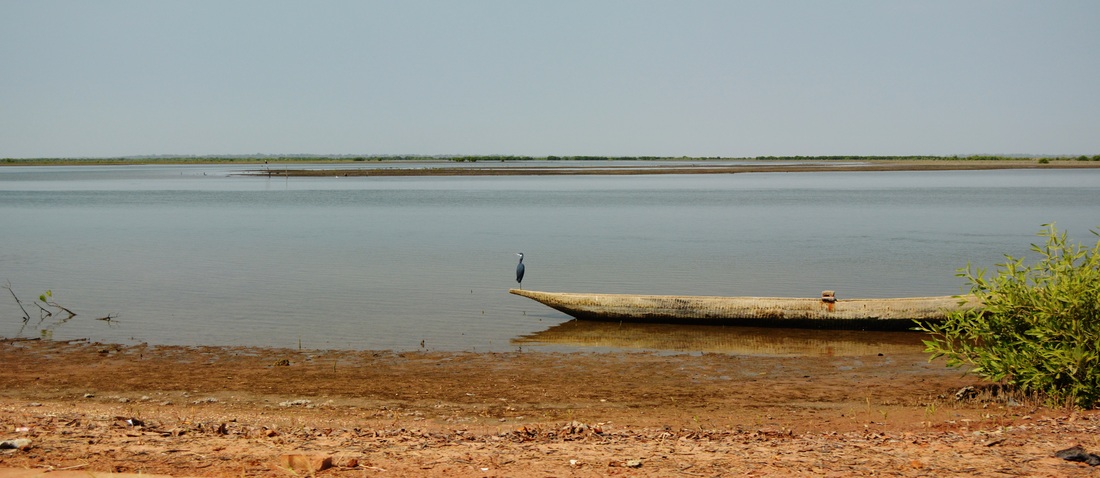
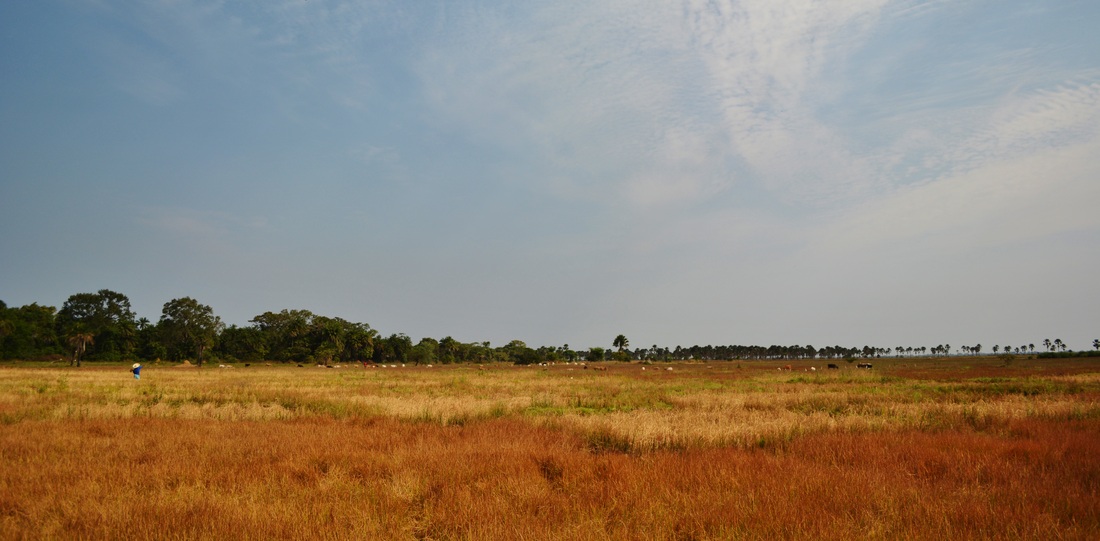
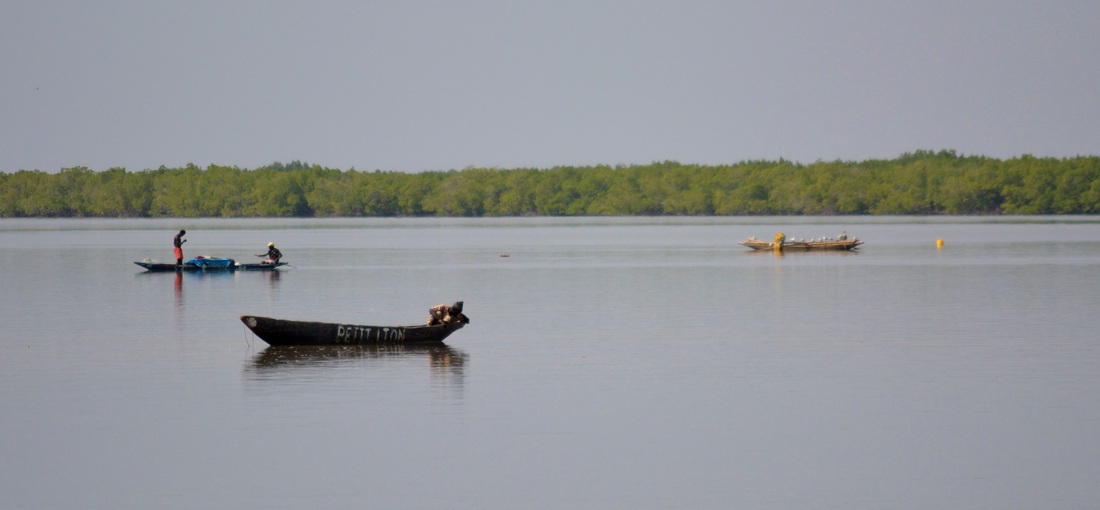
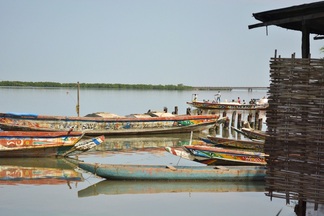
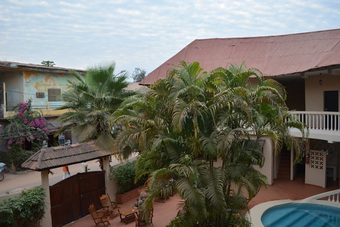
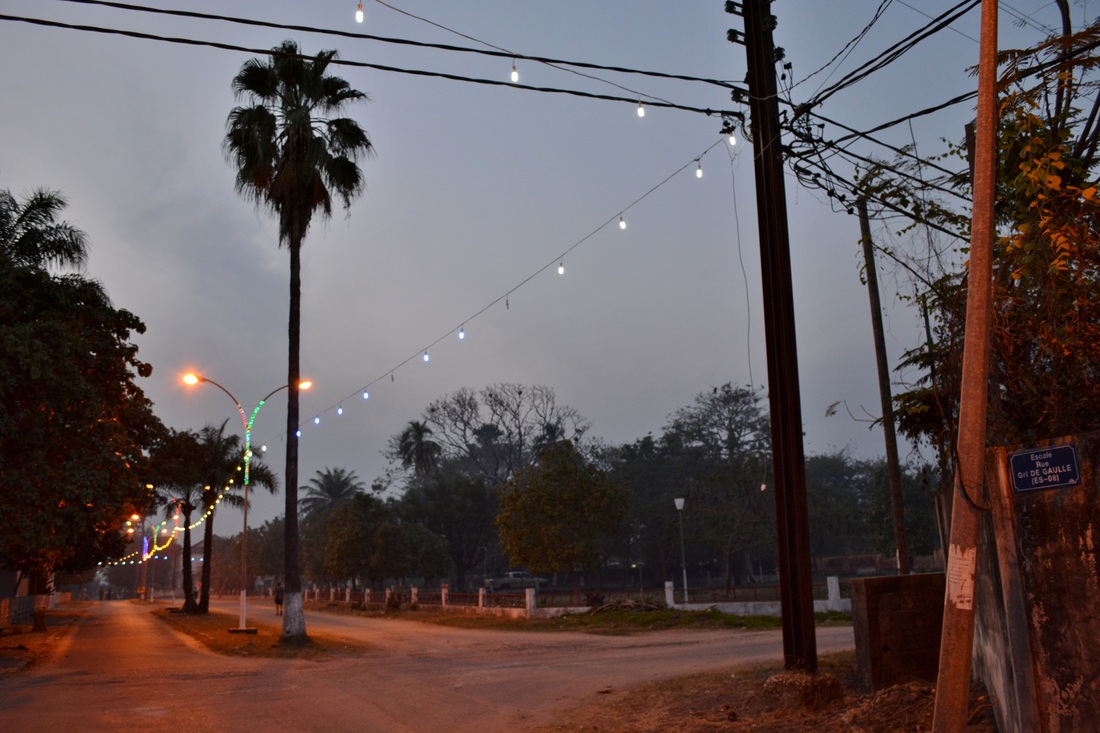
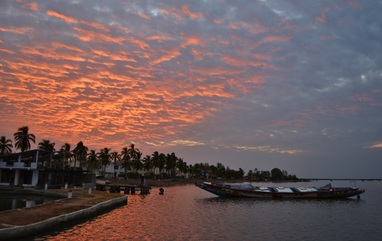
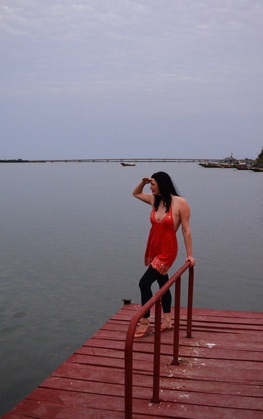
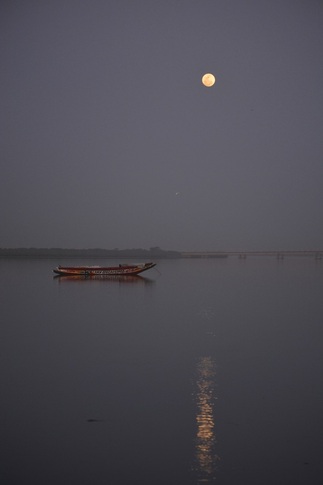
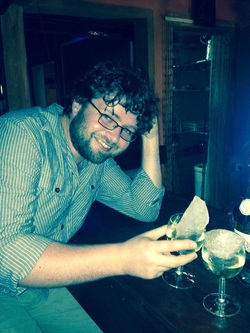
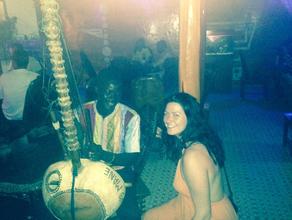
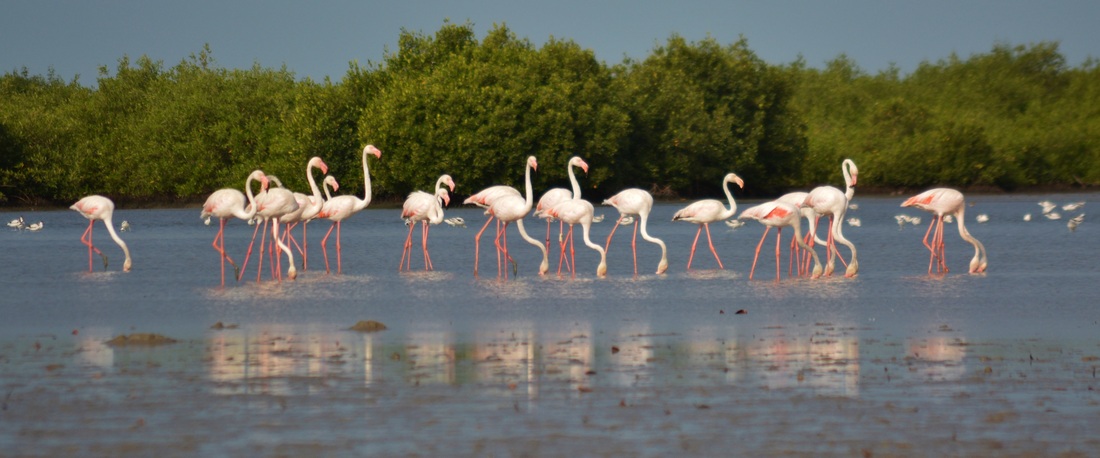
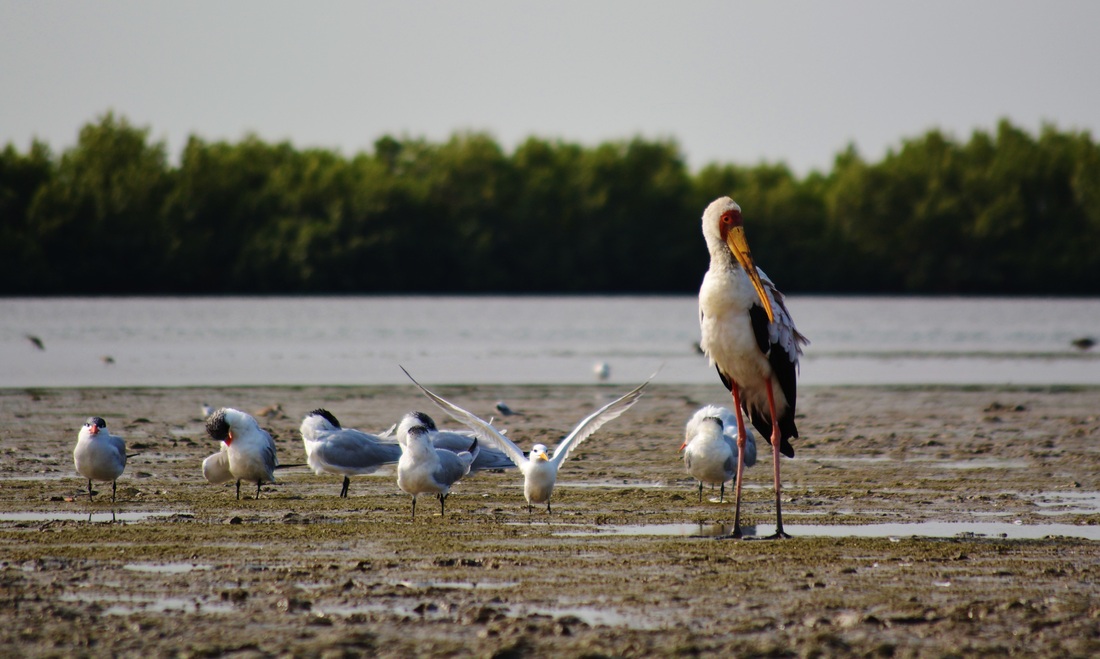
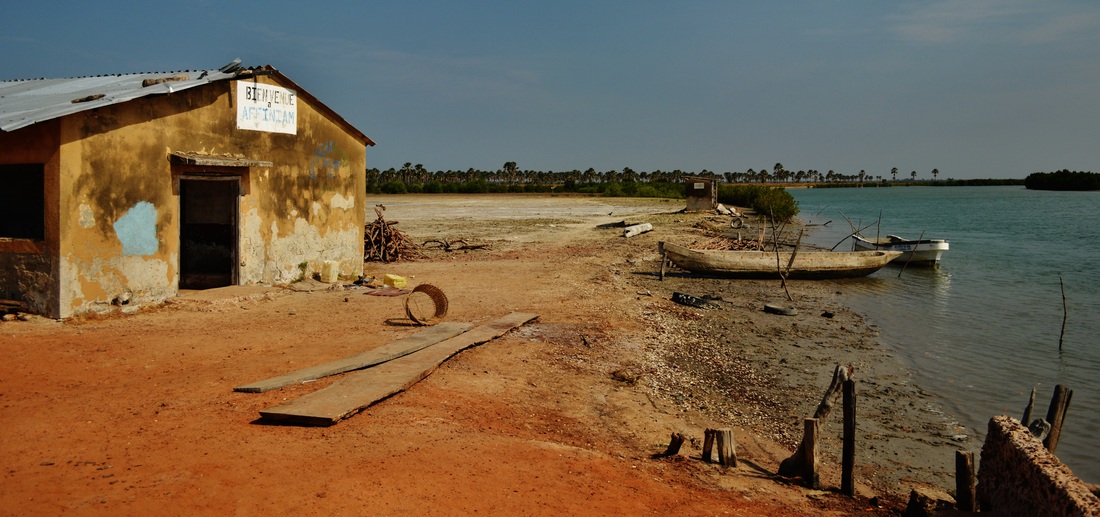
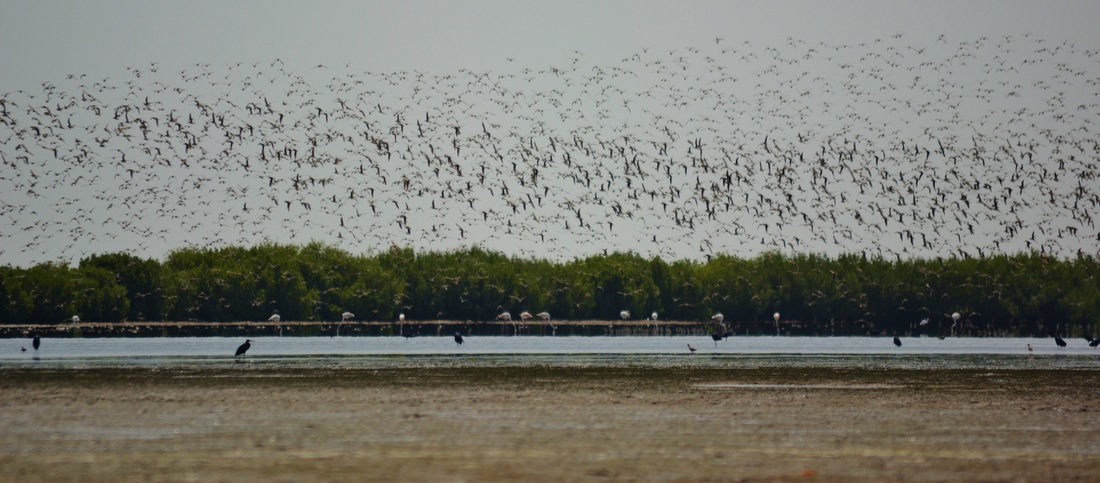
 RSS Feed
RSS Feed
